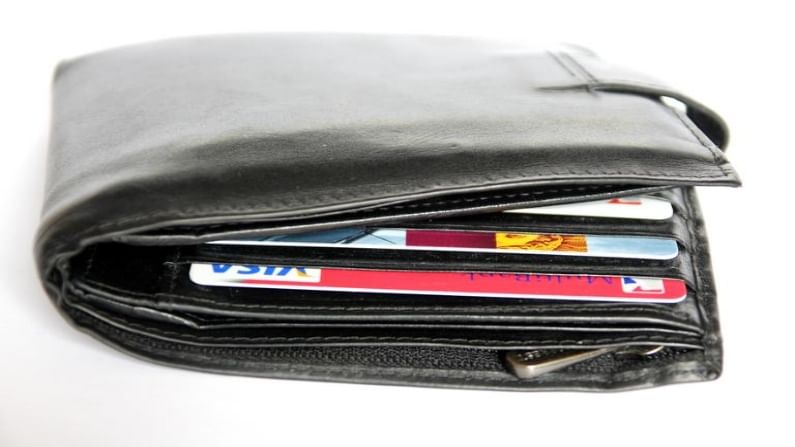Prepaid vs debit card: Remember these nine points
During transaction, no PIN or security code is usually needed for a prepaid card. But for a debit card, a PIN is needed

We all know about debit and credit cards but how many of us know about prepaid cards? Generally, all commercial banks issue prepaid cards. But what is the difference between a prepaid card and a debit card? Money9 gives you all the details. Here are nine main differences between a prepaid card and a debit card. Prepaid cards are preloaded with cash and a debit card is linked to a bank account. Both are widely accepted at merchant establishments worldwide. Prepaid cards aren’t linked but they can be bought for anybody.
Neither card helps you to get credit, but both prepaid cards and debit cards help you to manage the spending of your money in different ways.
Features
A prepaid card can be bought from a designated bank like a gift card with certain amount of money, but debit cards are not for sale. They come only with savings account.
During transaction, no PIN or security code is usually needed for a prepaid card. But for a debit card, a PIN is needed.
Prepaid cards are generally used to pay at points of sales or POS. Use of prepaid cards in ATMs is restricted. But debit cards are simultaneously used in both.
Prepaid cards have a specific validity period, i.e. one year, two year or so on. After that you cannot use the preloaded money. A debit card too has a period of expiry after which a new card can be obtained and the underlying money is not blocked.
Spending limits
Upon spending the amount in your prepaid card, you can simply reload it with cash or surrender it. A debit card can be used for as long as the cardholder maintains a minimum balance in his/her bank account, with which the card is linked.
You may use a prepaid card over a debit or credit card if you have a history of overspending. But for debit card users, there is no such limit (except daily limit on transaction), if you have sufficient money in the linked bank account.